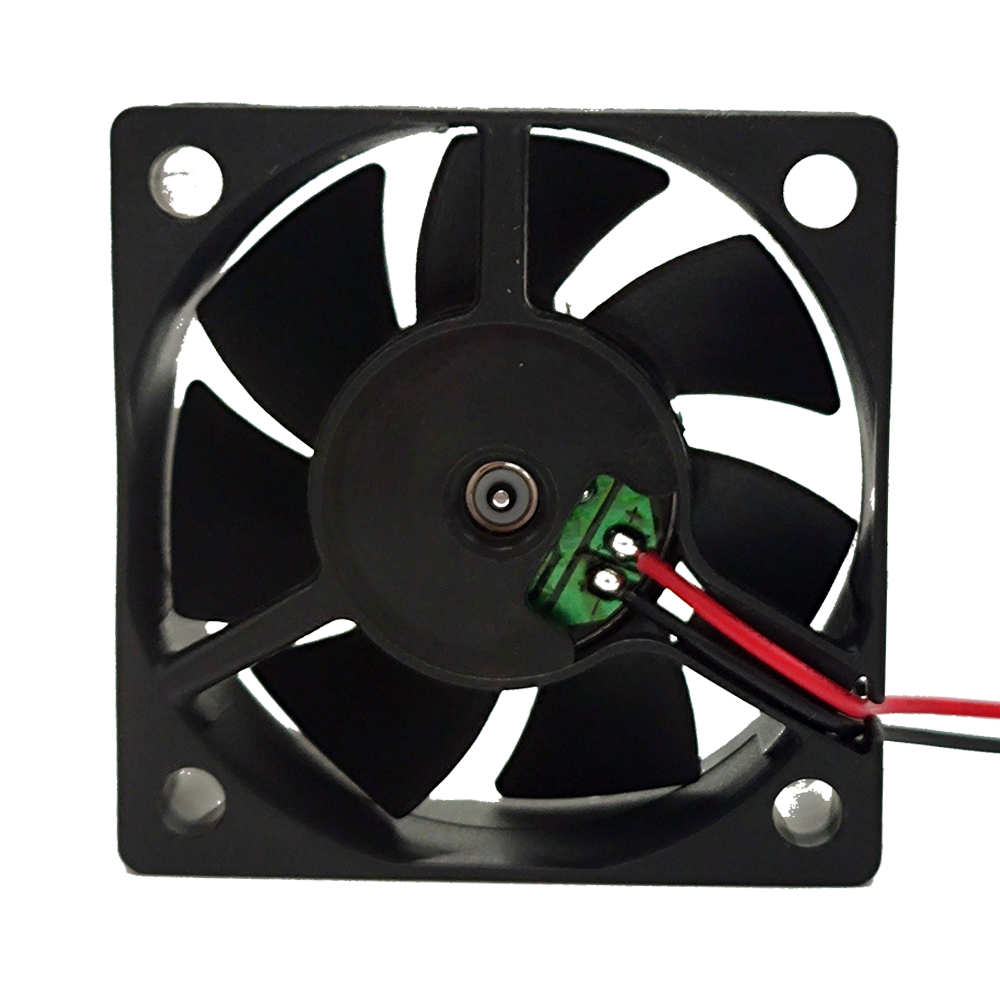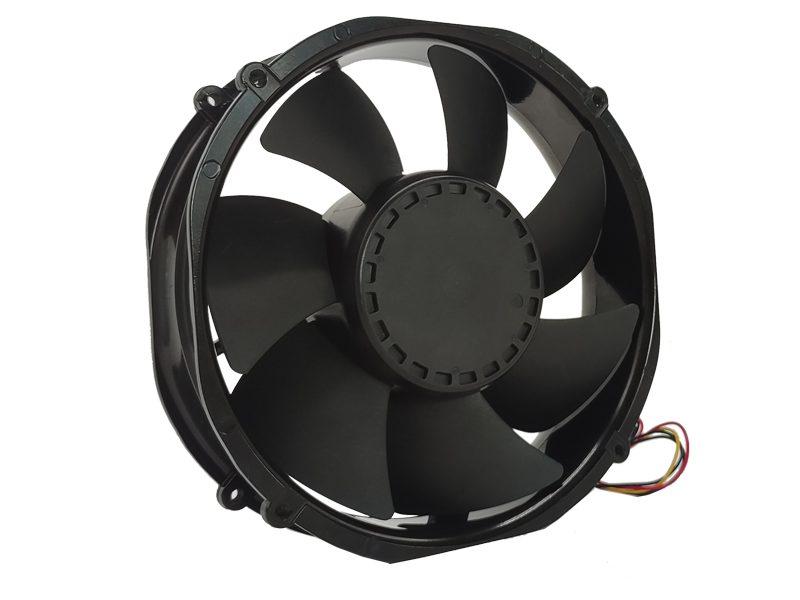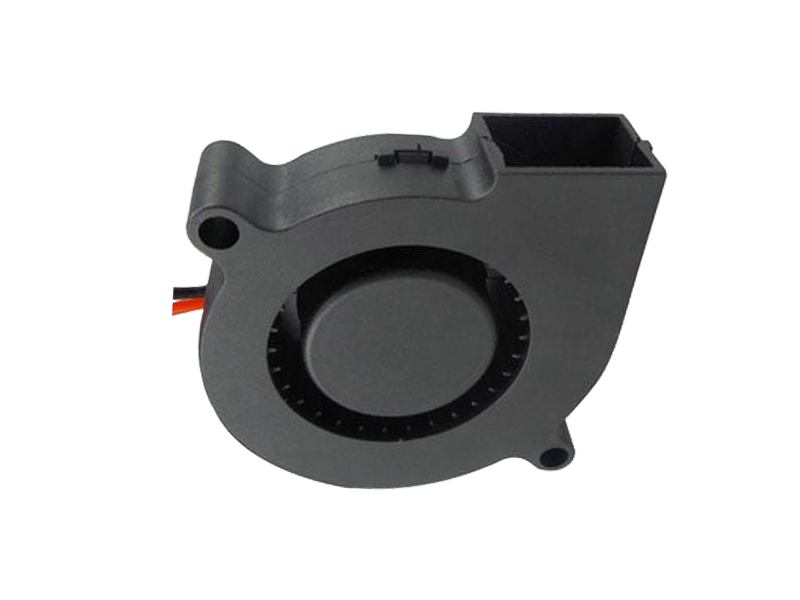Industrial fans are crucial components in various manufacturing and processing facilities, ensuring efficient airflow, temperature regulation, and ventilation. These fans are designed to handle high volumes of air, often in harsh environments, making their selection and application vital for operational success. This article explores the critical factors influencing industrial fan design, application scenarios, and future trends, all from a product-oriented perspective.
Understanding Industrial Fans
1. Types of Industrial Fans
Industrial fans come in several types, each suited for specific applications. The most common types include:
Axial Fans: These fans move air along the axis of the fan blade. They are ideal for applications requiring high flow rates and low pressure, such as ventilation in factories and warehouses.
Centrifugal Fans: Unlike axial fans, centrifugal fans draw air into the fan through the intake and then expel it at a right angle. They are more efficient in generating high pressure and are used in applications like dust collection and air conditioning systems.
Blowers: Similar to centrifugal fans, blowers generate a higher pressure. They are typically used in applications requiring a strong, directed airflow, such as in pneumatic conveying systems.
2. Performance Characteristics
When evaluating industrial fans, several performance metrics must be considered:
Airflow (CFM): Cubic Feet per Minute (CFM) is a measure of the volume of air that a fan can move. Selecting the appropriate CFM is crucial for meeting the specific ventilation or cooling needs of a facility.
Static Pressure: This indicates the resistance against which a fan must work to move air through ductwork or across filters. Understanding the static pressure requirements helps in selecting the right fan for the application.
Efficiency: Fan efficiency, often measured in terms of energy consumed versus airflow produced, is an important factor for operational cost. High-efficiency fans reduce energy consumption, leading to lower operational costs over time.
Noise Levels: Industrial fans can generate significant noise, which can affect worker comfort and compliance with workplace regulations. Manufacturers need to consider noise reduction techniques in their designs.
Applications of Industrial Fans
1. Manufacturing Facilities
In manufacturing environments, industrial fans are used for various purposes, including cooling equipment, ventilating spaces, and controlling humidity. High-performance fans help maintain optimal working conditions, which is essential for employee safety and product quality.
2. Warehousing and Distribution
Industrial fans play a significant role in large warehouses and distribution centers. They are used to circulate air, control temperature, and ensure that products are stored in optimal conditions. Proper airflow prevents moisture buildup and maintains the integrity of goods.
3. Agriculture
In agricultural settings, industrial fans are utilized for ventilation in greenhouses and livestock buildings. They help regulate temperature and humidity, creating an optimal environment for plant growth and animal welfare.
4. HVAC Systems
Industrial fans are integral to heating, ventilation, and air conditioning (HVAC) systems. They are used to move air through ducts, ensuring efficient climate control in commercial and industrial buildings.
Factors Influencing Industrial Fan Selection
1. Application Requirements
The first step in selecting an industrial fan is understanding the specific application requirements. Factors such as airflow volume, static pressure, and operating environment must be considered. For instance, a fan used in a dusty environment may require a more robust design to handle contaminants.
2. Material Selection
The materials used in fan construction significantly impact durability and performance. Corrosion-resistant materials like stainless steel or specially coated metals are essential for fans operating in humid or chemically aggressive environments.
3. Energy Efficiency
With rising energy costs, the energy efficiency of industrial fans has become a critical consideration. Selecting energy-efficient fans not only reduces operational costs but also aligns with sustainability goals. Manufacturers are increasingly focusing on designing fans that meet energy efficiency standards.
4. Maintenance Requirements
Maintenance considerations should also factor into fan selection. Fans with easy access to components for cleaning and servicing can minimize downtime and prolong operational life. Regular maintenance is essential for ensuring that fans operate at peak efficiency.
Future Trends in Industrial Fans
1. Smart Technology Integration
The integration of smart technologies in industrial fans is becoming more prevalent. Features like remote monitoring, real-time performance data, and automated controls allow for optimized fan operation and maintenance scheduling. This technology can lead to significant energy savings and improved operational efficiency.

2. Sustainable Design
Sustainability is becoming a priority in product design across industries, and industrial fans are no exception. Manufacturers are exploring eco-friendly materials and energy-efficient designs to meet regulatory standards and customer demand for sustainable solutions.
3. Customization
As industries evolve, the need for customized solutions is growing. Manufacturers are increasingly offering tailored industrial fan designs to meet specific client requirements. This trend includes variations in size, performance, and material selection based on the unique needs of each application.
4. Advanced Aerodynamics
Research into advanced aerodynamics is leading to more efficient fan designs. Innovations in blade shape and configuration can enhance airflow and reduce energy consumption. The adoption of computational fluid dynamics (CFD) in the design process allows for more precise modeling and optimization of fan performance.
Conclusion
Industrial fans are vital for ensuring efficient airflow and maintaining optimal conditions in various applications. Understanding the types, performance characteristics, and factors influencing selection is crucial for manufacturers and facility managers alike. As industries continue to evolve, embracing smart technology, sustainable design, and customization will be key to meeting future demands. Investing in high-quality industrial fans can lead to improved operational efficiency, reduced energy costs, and enhanced product quality.
Recommended Products

The main purpose:Car charging station

The main purpose:Car charging station

The main purpose:Electronic refrigerators, water dispensers, direct drinking machines, inverter power supplies
Address:No. 4137, Longgang Avenue (Henggang Section), Henggang Community, Henggang Street, Longgang District, Shenzhen
hotline:13530005572(Chen)15112579390(Li)


Welcome all friends to come for consultation and negotiation.
Copyright 2024 @ Shenzhen Youneng Xinyuan Electronics Co., Ltd.,(industrial fans,industrial blowers,axial fans,cooling fans manufacturer,centrifugal fans,ac cooling fans,dc cooling fans)